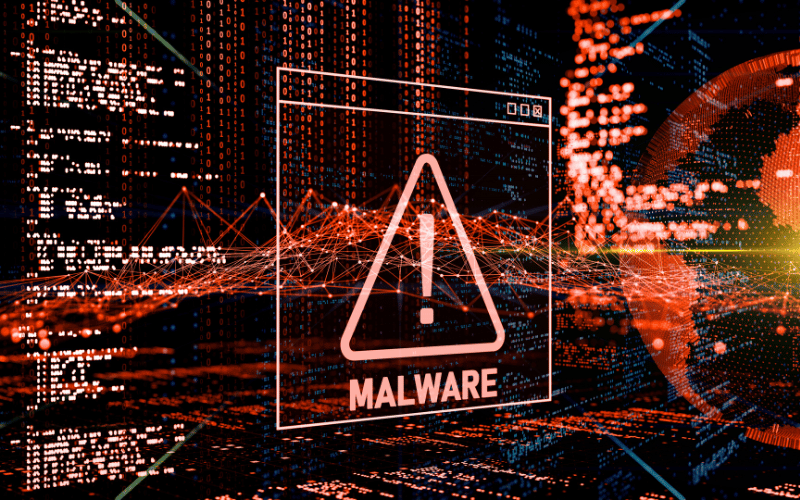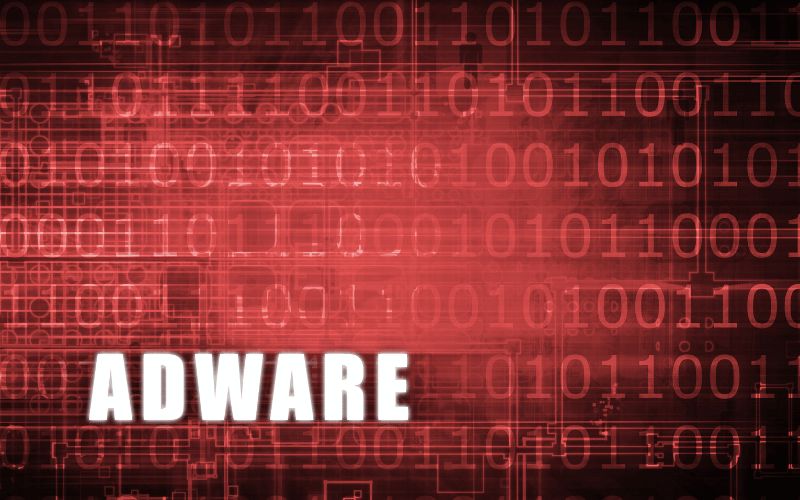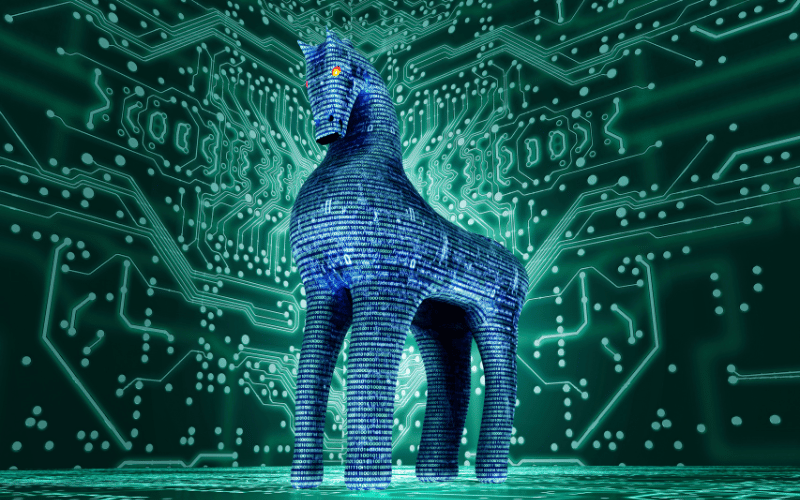A Closer Look at Antimalware Solutions
What are some examples of antimalware solutions?
Antimalware solutions are software programs designed to detect, prevent, and remove malware (malicious software) from computers and network systems. Here are some examples:
- Antivirus Software: Traditional antivirus programs that provide real-time scanning, virus removal, and protection against a wide range of malware including viruses, worms, and Trojans. Examples include Norton Antivirus, McAfee Antivirus, and Kaspersky Antivirus.
- Internet Security Suites: More comprehensive security solutions that include antivirus capabilities along with additional features like firewall protection, spam filtering, and parental controls. Examples include Bitdefender Internet Security and ESET Internet Security.
- Malware Removal Tools: Specialized tools designed to detect and remove specific types of malware, often used in conjunction with antivirus software. Examples include Malwarebytes and AdwCleaner.
- Endpoint Protection Platforms (EPP): Solutions targeted towards businesses, providing centralized management and security for multiple endpoints (like workstations, servers, mobile devices). Examples include Symantec Endpoint Protection and Sophos Endpoint Security.
- Endpoint Detection and Response (EDR): Advanced solutions that go beyond prevention, focusing on detection, investigation, and response to more sophisticated threats. Examples include CrowdStrike Falcon and SentinelOne.
- Cloud-Based Antimalware: Services that provide malware protection using cloud computing, allowing for real-time updates and threat intelligence sharing. Examples include Webroot SecureAnywhere and Panda Cloud Antivirus.
- Behavior-Based Detection Systems: These systems focus on detecting the behavior of malware instead of relying on known malware signatures. They can identify new, previously unknown threats. Example: ESET's HIPS (Host-based Intrusion Prevention System).
- Sandboxing Tools: Software that runs suspicious programs or files in a separate, secure environment to analyze their behavior without risking the main system. Examples include Sandboxie and FireEye.
- Mobile Antimalware: Antimalware solutions specifically designed for mobile devices like smartphones and tablets. Examples include Avast Mobile Security and Bitdefender Mobile Security.
- Unified Threat Management (UTM): An integrated platform that combines multiple security functions (like firewall, antivirus, intrusion detection/prevention) in one. Example: Fortinet FortiGate.
Each type of solution has its own strengths and is suited to different environments and needs. For personal use, a combination of antivirus software and malware removal tools is often sufficient, while businesses might require more comprehensive solutions like EPP or EDR.
How do antimalware solutions work?
Antimalware solutions work by employing a variety of techniques and technologies to detect, prevent, and remove malware from computers and networks. Here are the key mechanisms they use:
- Signature-Based Detection: This is one of the most traditional and common methods. Antimalware software uses a database of known malware signatures – unique strings of data or characteristics of known malicious programs – to identify malware. When a file matches a signature in the database, it's flagged as potentially malicious.
- Heuristic Analysis: This method involves identifying unknown viruses or new variants of known viruses by looking for broadly suspicious behavior or file structures. Heuristics can identify malware based on unusual characteristics or activities, such as attempting to access a large number of files quickly, modifying or deleting large volumes of data, or hiding files.
- Behavioral Analysis: This approach monitors the behavior of programs in real-time. If a program starts to act in a potentially malicious way (like trying to encrypt files for ransomware), the antimalware software can take action to stop it. This method is particularly useful against zero-day threats that have not been previously identified.
- Sandboxing: Some antimalware tools use sandboxing to run programs or open files in a separate, secure environment. If the file or program behaves maliciously, it's confined to the sandbox, preventing it from harming the actual system.
- Data Mining and Machine Learning: Advanced antimalware solutions employ data mining and machine learning techniques to predict and identify malware based on characteristics gleaned from large datasets of known malicious and benign software.
- Cloud-Based Detection: Many modern antimalware tools use cloud-based technologies to provide real-time updates to their threat databases. This allows them to quickly react to new threats as soon as they're identified anywhere in the world.
- Firewall Integration: Some antimalware solutions include a firewall, which monitors incoming and outgoing network traffic. This can help prevent malware from spreading across networks and stop data exfiltration.
- File Integrity Monitoring: This method involves monitoring key files and system components for unauthorized changes, which can be indicative of a malware infection.
- Rootkit Detection: Specialized tools are used to detect rootkits, which are types of malware that hide their presence from normal methods of detection.
- Regular Updates and Patches: Regular updates of the antimalware software itself, as well as the operating system and other critical software, help protect against known vulnerabilities that malware might exploit.
These methods often work in conjunction to provide comprehensive protection against a wide range of malware types, including viruses, worms, Trojans, ransomware, spyware, adware, and more. The effectiveness of an antimalware solution depends on how well it balances the need for robust protection with the minimization of false positives and the impact on system performance.
What are the risks of not having antimalware solutions in place?
Not having antimalware solutions in place can expose individuals, businesses, and organizations to a variety of risks. These risks can have significant implications, ranging from minor inconveniences to severe operational, financial, and reputational damages. Here are some of the key risks:
- Malware Infection: Without antimalware protection, computers and networks are more susceptible to infections from a wide range of malware types, including viruses, worms, trojans, ransomware, spyware, and adware. These infections can lead to data loss, system damage, and unauthorized access to sensitive information.
- Data Theft and Loss: Malware can be used to steal sensitive data such as personal information, financial details, customer data, and intellectual property. This can result in identity theft, financial fraud, and competitive disadvantage.
- Ransomware Attacks: Ransomware encrypts a user's data and demands payment for the decryption key. Without antimalware solutions, systems are more vulnerable to such attacks, potentially leading to significant data loss and financial cost.
- System and Network Downtime: Malware infections can cause systems to become unstable or inoperable, leading to downtime. This can be particularly damaging for businesses, resulting in lost productivity, revenue, and customer trust.
- Compromised System Performance: Some types of malware consume system resources, leading to slowed down or impaired computer performance. This can reduce productivity and frustrate users.
- Unauthorized Access and Control: Certain malware types can give attackers remote control over infected systems, allowing them to execute further malicious activities, spread the infection, or use the system for other illegal purposes.
- Legal and Regulatory Consequences: If malware leads to a data breach, organizations may face legal consequences, including fines and lawsuits, especially if they are found to be non-compliant with data protection regulations like GDPR or HIPAA.
- Reputation Damage: A malware incident can harm an organization’s reputation, leading to a loss of customer trust and confidence. This can have long-term effects on business prospects and market position.
- Resource Drain: Dealing with malware infections can be resource-intensive, requiring time and money for detection, containment, eradication, and recovery. This diverts resources away from core business activities.
- Spread of Malware: Infected systems can inadvertently spread malware to other systems and networks, exacerbating the problem and potentially harming relationships with partners, customers, and other stakeholders.
- Increased Vulnerability to Future Attacks: Once infected, a system may be more susceptible to future attacks, especially if the initial malware creates backdoors or other vulnerabilities.
In today's digital age, the risks of not having effective antimalware measures are significant and can have far-reaching consequences. It is essential for individuals and organizations to implement robust antimalware strategies to protect against these risks.
Is there a difference between antivirus and antimalware solutions?
Yes, there is a difference between antivirus and antimalware solutions, though the terms are often used interchangeably in common usage. The distinction largely comes down to the scope of what they protect against and how they function.
Antivirus Solutions:
- Focus on Viruses: Traditionally, antivirus software was designed to protect against viruses – specific types of malicious software that replicate themselves by attaching to other programs.
- Signature-Based Detection: Antivirus programs often rely heavily on signature-based detection, which involves matching known virus signatures – unique strings of data or code attributes – to detect infections.
- Reactive Approach: Antivirus software typically takes a more reactive approach to threats, focusing on detecting and removing malware after it has been identified and added to the virus definition database.
- Basic Protection: They provide fundamental protection against common types of malware like viruses, worms, and some Trojans.
Antimalware Solutions:
- Broader Threat Coverage: Antimalware solutions are generally designed to combat a wider range of malicious software, including viruses, spyware, adware, ransomware, and potentially unwanted programs (PUPs).
- Advanced Detection Techniques: In addition to signature-based detection, antimalware software often employs heuristic analysis, behavioral analysis, and artificial intelligence to detect new, unknown, or evolving threats.
- Proactive Protection: Many antimalware programs aim to provide proactive protection, identifying and stopping threats before they can cause damage. This includes blocking suspicious behavior and potentially harmful files or programs.
- Comprehensive Security Features: Antimalware tools may offer additional features like real-time protection, sandboxing, phishing protection, and integration with other security measures (like firewalls).
Overlap and Evolution:
- Converging Functionality: Over time, the distinction between antivirus and antimalware solutions has blurred. Modern antivirus programs have adopted many features of antimalware tools, and vice versa.
- Terminology Shift: In many cases, the term "antivirus" is now used more broadly to encompass protection against all types of malware, not just viruses.
- Complementary Use: Some users and organizations use both antivirus and antimalware solutions in tandem for layered security, although this is becoming less necessary as individual solutions become more comprehensive.
In summary, while antivirus solutions historically focused on protecting against viruses, modern antimalware solutions offer broader protection against a wider range of threats. However, many contemporary antivirus products have evolved to provide protection comparable to antimalware tools, making the distinction more about marketing terminology than actual functionality.








